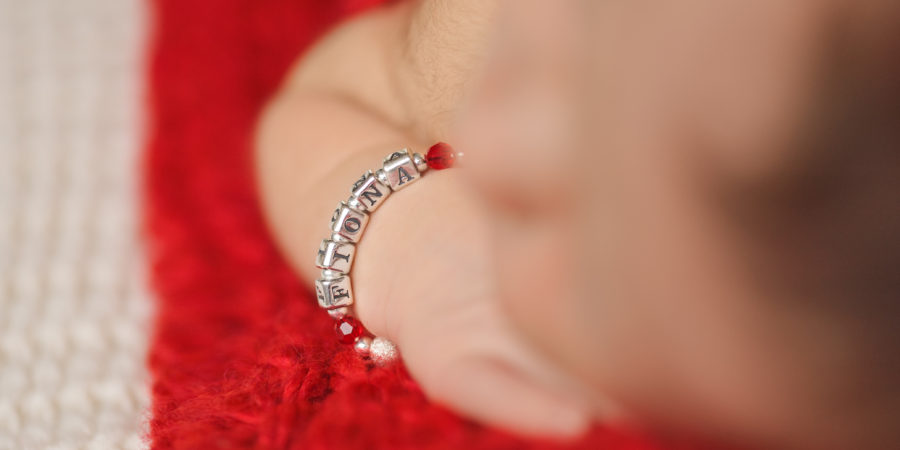
There are many references to children wearing jewelry both in historical writings as well as the Bible. Children have worn jewelry throughout the centuries for several different reasons. Jewelry has mostly been used for personal decoration. But children have also worn jewelry to show status and wealth. Superstitious beliefs have also played a part in the historical use of jewelry for children. Parents once believed that certain pieces had the power to ward off evil spirits, prevent sickness and protect their children from bad luck. Cambodian parents adorned their children’s ankles with silver chains embellished with bells in an attempt to ward off evil spirits. These pieces were also useful for knowing if their baby or toddler had ventured away from them and out of safety.
In ancient times necklaces and bracelets were made from shells, animal teeth, bits of wood and bone, leather, pebbles, berries and feathers. These pieces were worn by infants as well as older children. Babies were often presented with a simple necklace or bracelet at birth. In ancient Hebrew times bracelets were the insignia of Kings and their sons. Jewelers in ancient Egypt made beautiful enameled pieces worn by men, women and children. Egyptians used gemstones in such jewelry as bracelets, brooches, head-dresses, pendants, and rings. They believed that gems had magical powers and wore them for good luck.
In ancient Greece artisans rarely used inlaid gems but instead worked with enamel along with gold and silver wire. They would twist the wire into patterns which would form a gorgeous lace-like decoration called filigree. Unlike the Greeks, the Romans often used gems in their jewelry. They used gold settings but placed greater emphasis on precious stones. During the early Middle Ages, beginning in the A.D. 700’s, the wearing of jewelry was almost entirely restricted to royalty and members of the royal courts. Between 1200 and 1400, a prosperous middle class rose. This class began to acquire jewelry, wearing it as a sign of social status.
In Victorian times, babies often wore exquisite gold and silver bracelets, pins and bib clips. The bracelets had a flattened area were the word ‘Baby’ was engraved. Semi-precious stones such as garnets were sometimes set into gold bracelets and brooches for little ones. Older children often wore gold or silver necklaces, cameos and bar pins. Many of these items were beautifully personalized with engravings. These pieces became family heirlooms. Many Victorian baby and children’s jewelry items can be found on display in museums. In the 17th Century many sculptors would often apprentice to goldsmiths. Some of these jewelry items were created for functional reasons such as bib clips. Other items were created to symbolize religious membership, for example the Star of David, or a crucifix. This use of personalized jewelry continues today and is very popular in modern day children’s jewelry design.
Today the most common reason for giving jewelry to a baby or child is in the spirit of giving a meaningful gift that will last a lifetime. Personalized infant bracelets are a meaningful and unique baby shower, christening, first communion, bar mitzvah or birthday gift. Personalized infant jewelry is prized as the 21st Century’s family heirloom gift that will be cherished from one generation to the next.





